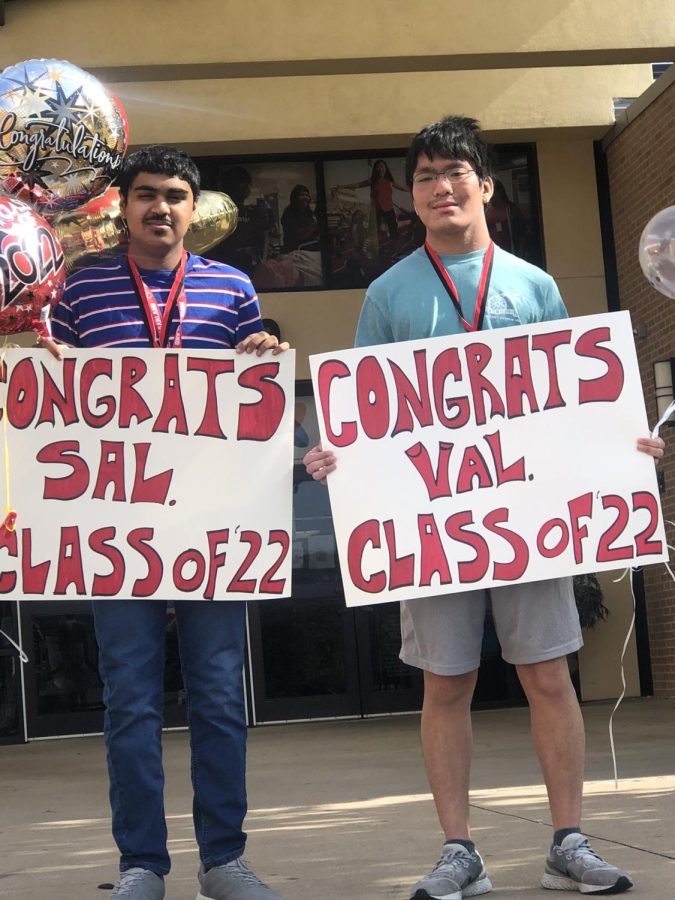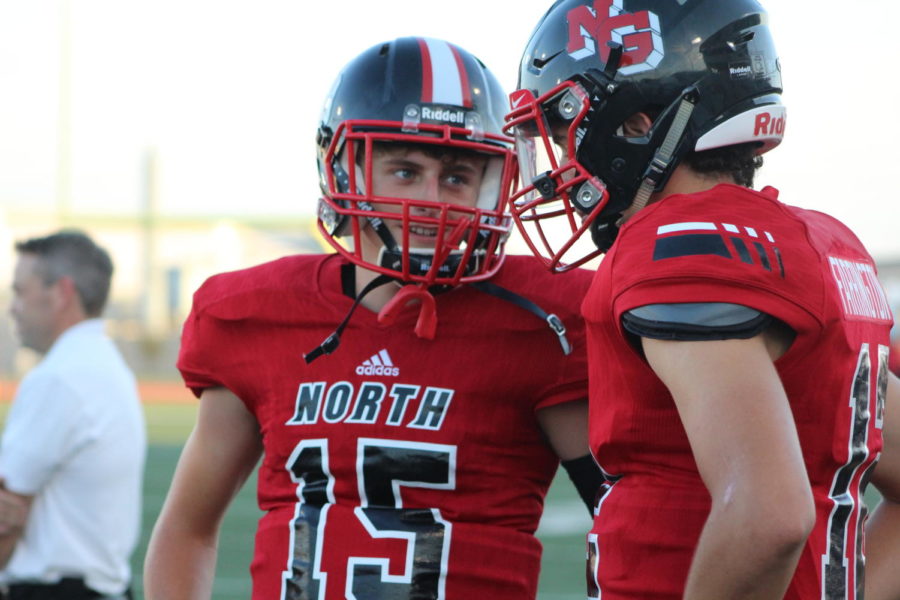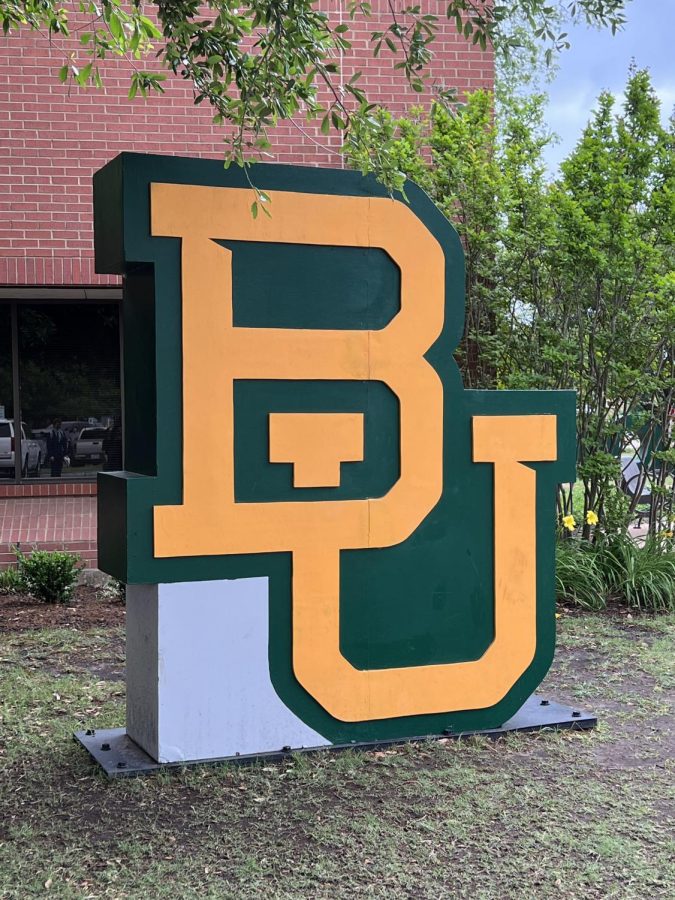Virtual Learning in the Eyes of Stakeholders(Part II: Back Face to Face)
Mekuria Huluka, an accountant and a dad of 3, wakes up at 5 am and starts to prepare for the day. An hour later, Betanya Assefa, an 8th grader at Austin Academy of Excellence, wakes up at 6:30 am to wake up her younger sister and prepare for school. Around half an hour later, Chelsey Sheckells, a chemistry teacher at North Garland High School, arrives at her school at 7:10 am and prepares her lesson plans for her classes.
The switch GISD made from hybrid learning to face to face learning has affected each one of them after a year of adapting to the virtual learning environment. Instead of reminding his kids to attend their online classes, Huluka drops them off at school. Instead of joining a Google Meet to attend her first period class, Betanya arrives at school early to attend her zero period art class. Instead of setting up lab experiments virtually, Sheckells sets up the experiments in her classroom for her students to complete hands-on.
Due to the COVID-19 pandemic, the virtual learning classroom was one of the most major outcomes for the 2020-21 school year. Now half-way into the 2021-22 school year, the school learning environment has undergone changes that have affected students, teachers, and parents that had to adjust to the hybrid learning environment from last year.
Almost nearing the COVID-19 outbreak anniversary, the question is: How much of an effect has last year’s hybrid learning had on this school year?
Going into the 2020-21 school year, many had doubts that schools will be able to come up with a learning plan following 2019-20’s disastrous year of schooling. Schools needed to come up with a plan that would keep students safe from the virus and keep them learning which is when the idea of hybrid learning came up. Schools decided to apply hybrid learning for the 2020-21 school year.
“Last year I almost felt like I didn’t even go to school for 7th grade because of hybrid learning,” Betanya said. “I felt like I had skipped an entire year of learning.”
Hybrid learning would allow students to choose between attending school face to face or attending virtual classes. COVID guidelines and regulations would still be taken into consideration for face to face students. Although students were able to attend face to face instruction, many parents did not feel comfortable with sending their children to school due to the status of COVID-19 at the time.
After the 2020-21 school year ended, the summer gave schools the time to find out whether or not they wanted to continue with hybrid learning. Schools received back reports on how well their students did on yearly standardized testing and the outcome was not pretty. Math score expectations had dropped a whopping 32 percentage points and reading scores dropped by 9 points. Due to the dramatic decline in students’ standardized test scores, schools decided the best path would be to open fully face to face.
“There was little interaction during the online classes,” Sheckells said. “I feel like it hurt the social interactions that school provides students.”
With schools opening up with full face to face instruction, they faced skepticism on whether they would be able to handle a full body of students attending instruction and keeping COVID out. Even with newly developed vaccines and regulation, parents still feared for their child’s chances of catching the virus and bringing it home.
“I can’t say I am confident given the nature of the disease, students behavior, and inability to enforce uniform strict policies,” Huluka said. “Students can still be exposed to the disease when they do activities that require close contact.”
At the start of the 21-22 school year, students needed to learn to adjust to face to face learning after a year of hybrid learning. Due to COVID restricting students’ interactions with their peers, more than 25% of high school students reported worsened emotional health which made it difficult to adjust.
“I feel much more comfortable because I have been learning face to face ever since August,” Betanya said. “But I feel as if I missed my whole 7th grade year.”
Not only were students’ emotional health affected, but as well as their academic and extracurricular growth were affected. The decline in academic performances as well as extracurricular growth during hybrid learning, made it difficult for students to adjust back to the regular learning environment.
“Going back to face to face learning was kind of hard,” Betanya said. “I didn’t really participate in my online orchestra class last year or tried to learn the songs I was taught because it wasn’t required. I went from moving up two Orchestra honors levels in 6th grade to staying on the same Orchestra honor level for 8th grade.”
Although hybrid learning hurt students academically and emotionally, the educational structure had its benefits. Schools were able to come up with a system that was interactive among students online and in-person so even students who were sick or busy with family events. This enabled these students to catch up on assignments and keep up with what was going on in the classroom. The interactiveness of hybrid learning was just one of the many benefits of it.
“I miss the virtual tutorial opportunities hybrid learning offered,” Sheckells said. “I feel like it was extremely helpful for students who have to ride the bus/etc.”
Now half way through the school year, students have adjusted to face to face instruction but with the COVID surges that occurred throughout the school year, the question on whether schools should switch back to hybrid learning popped up occasionally. Many schools decided not to move back to online instruction during the surges, even for the Omicron variant(which caused one of the sharpest spikes in the pandemic).
“I can’t say it is safe for students to attend school when COVID cases start to surge,” Huluka said. “But the benefits my kids can get from attending in class learning, interacting with their peers, and attending activities outweigh the risk.























